
Robert Imber Pushed Desert Preservation
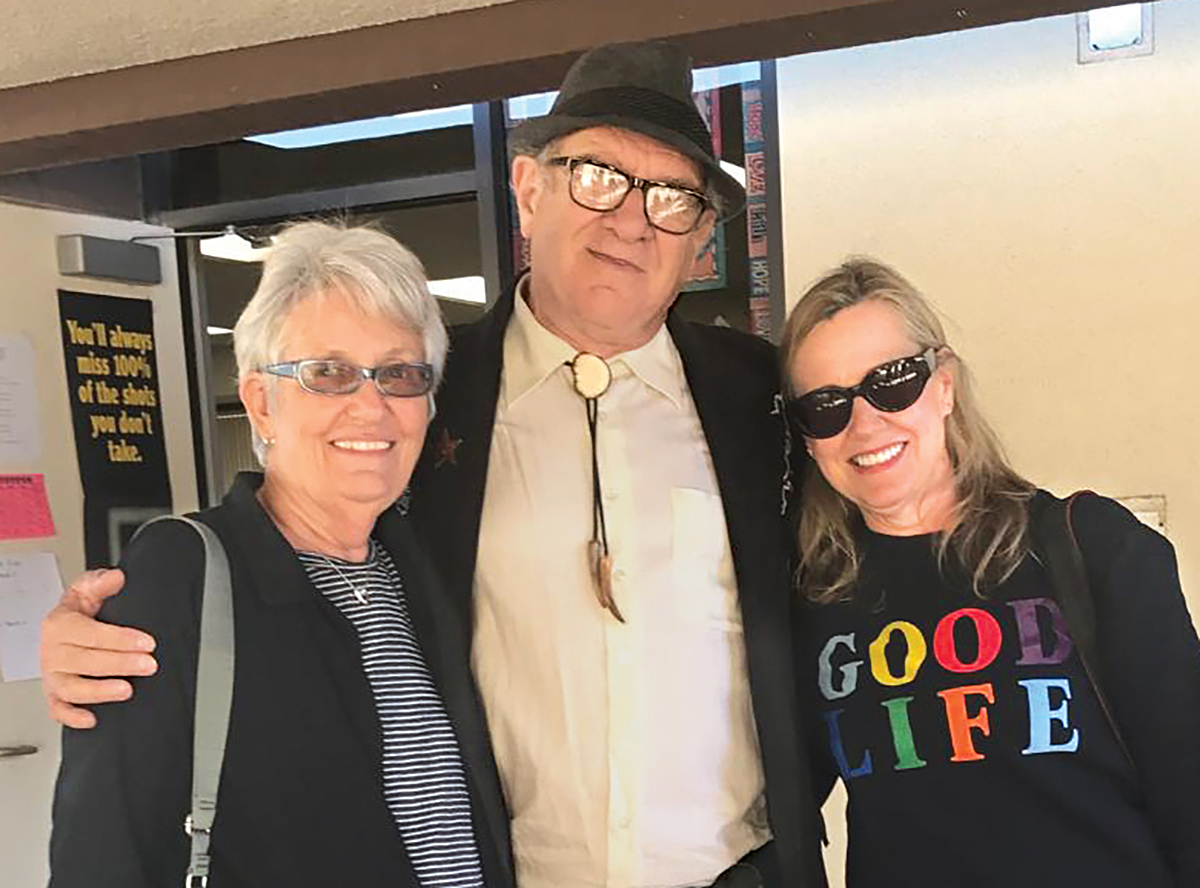 |
Robert Imber, one of Palm Springs’ leading preservationists, did as much as anyone to help Palm Springs regain its mid-century modern panache.
“We feel he was very much responsible for the resurgence of Palm Springs,” says Joan Gand, a friend and member of the city’s modernist community.
Imber, who died in early April at age 71, lived in the city full time since the start of the 21st tentury, leading architectural tours, lobbying to save beautiful and historically important buildings, and organizing educational efforts with the Palm Springs Modernism Committee, PS ModCom.
“He really created the whole architectural tourism in Palm Springs,” Gand says. “They were the first modernism tours, focusing on architects. Other tours had focused on celebrities. With these tours, the built environment became the celebrities.”
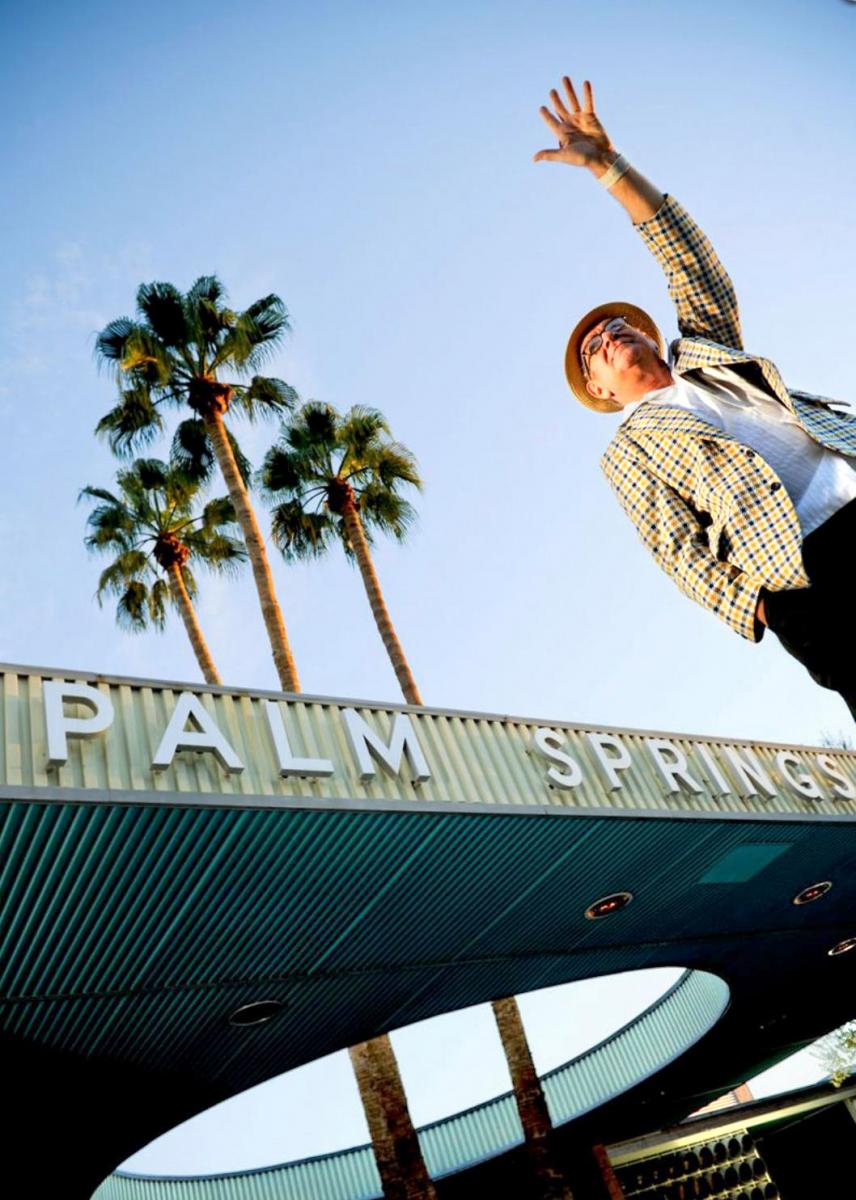 |
Gand counts herself and her husband as members of an international ‘Blame it on Robert Club,’ consisting of people who took one of Robert’s tours, fell in love with the city’s modern homes, and bought one.
“Education, education, education,” was his mantra, says Gary Johns, president of the Palm Springs Preservation Foundation.
From 2001 to 2017 Imber educated thousands through small-group tours he conducted using his van and, for a time, Segway scooters. “I am a constant talker,” he said of the tours. “It is constant narration.” He added: “This is my livelihood, and this is my passion.”
Much of his educational work focused on young people, including a PS ModCom program that taught students about architecture through lectures and model building.
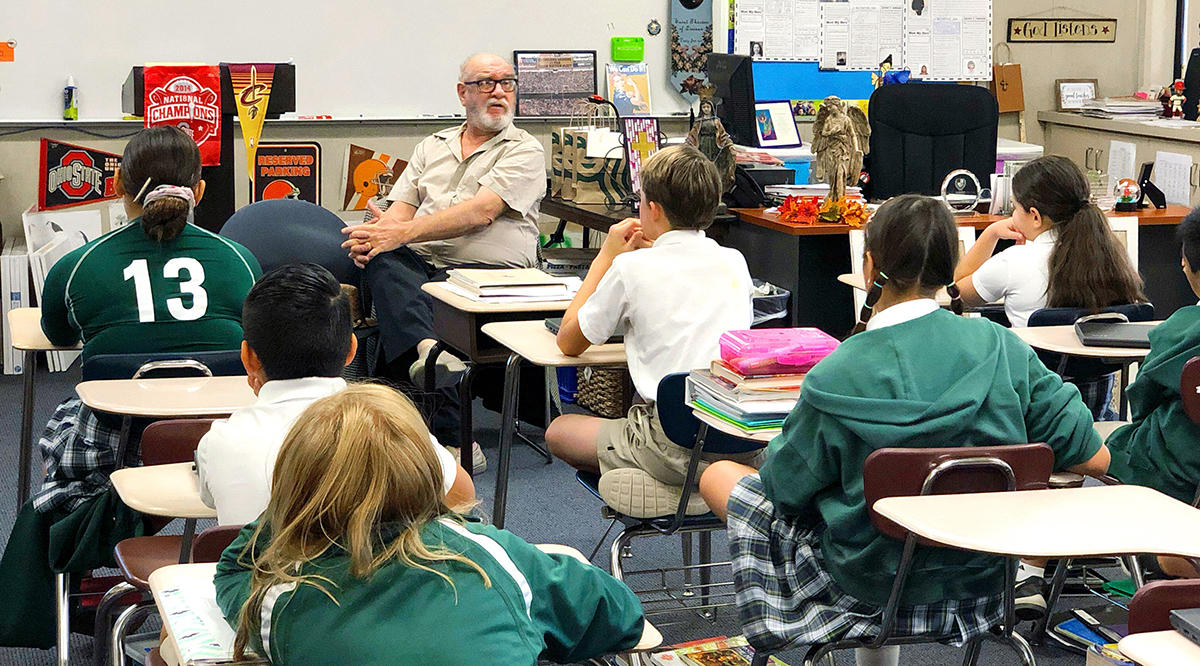 |
“Robert realized that it was one thing to fight city hall and to go up against property owners to try to save properties,” Johns says. “But the future of preservation was in youth.”
“He was really passionate about educating the youth of Palm Springs. Any one of these kids could one day be on our planning commission or become a city council person,” Johns says.
Imber wrote about the architecture of the desert, “and he produced the first movie [on the subject],’ Desert Utopia,’" Gand says.
In the early years of the 21st century, she says, “We were in a dire situation trying to save buildings here, before they were torn down because of ignorance.” Palm Springs was far from the modernist Mecca it has since become, in part thanks to Imber.
Imber had been coming to the city since he was a child visiting with his family, so remembered its glory days when Hollywood stars lounged poolside. But by the time he moved to the city, much had deteriorated.
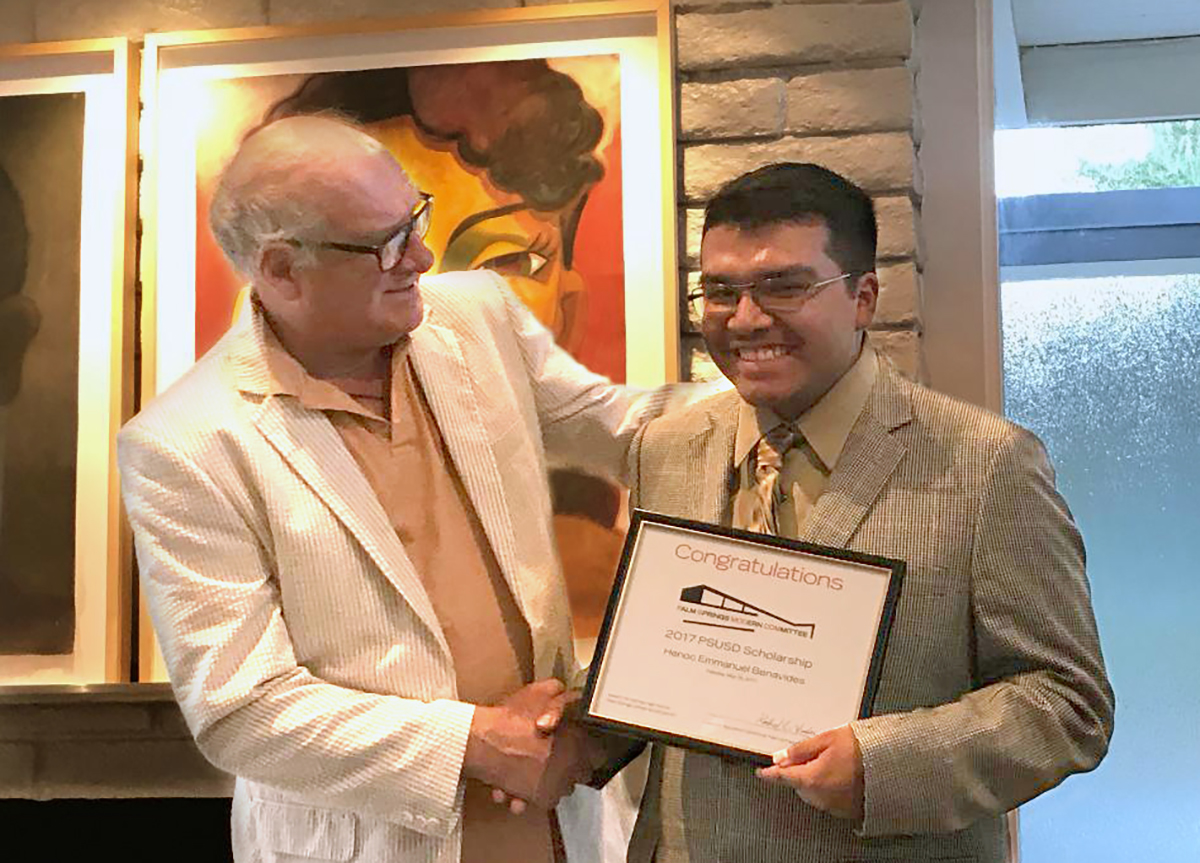 |
In a 2005 conversation, Imber recalled when Neutra’s Grace Miller house (today on the National Register) “was a crack house, or at least looked like one.”
PS ModCom named Imber preservationist of the year in 2009. He was feted and given a sidewalk star.
Imber, who was born January 21, 1950, grew up in prosperous circumstance in St. Louis, the son of a retailer. He moved to California at age 17, studying at Antioch University.
For a time Robert followed in his father’s footsteps, selling antiques in Los Angeles and owning a store in San Francisco.
He later worked in marketing and more for nonprofits including the Los Angeles Philharmonic and San Francisco Ballet.
He organized or worked with several architectural and preservation groups including Friends of San Diego Architecture, San Diego’s New School of Architecture, and the San Clemente Historical Society. He even founded an architectural museum in a John Lautner-designed house in San Juan Capistrano.
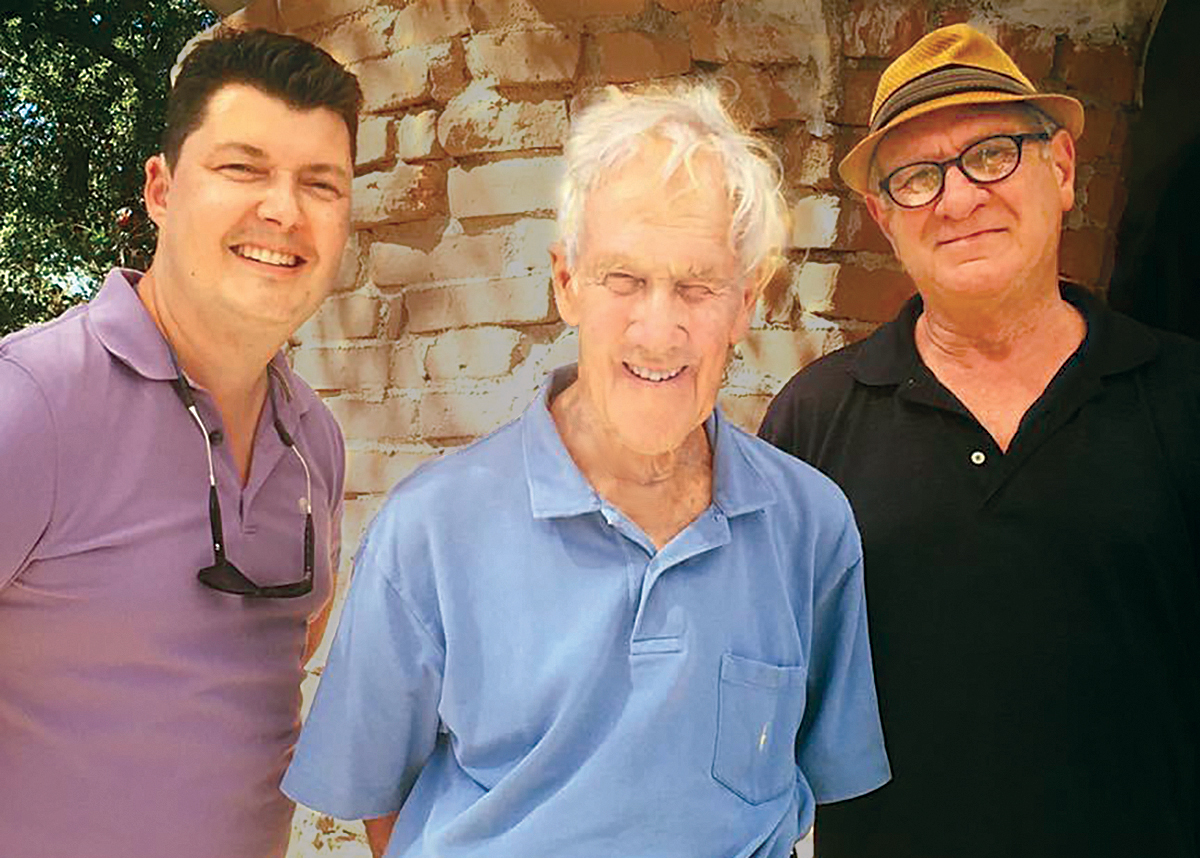 |
Imber served on the board of the California Preservation Foundation, and organized events for its convention in Palm Springs.
Although he was not a professional architectural historian, Imber's knowledge and affection was deep. A favorite was the Scottish Arts and Crafts designer Charles Rennie Mackintosh, and he loved Palm Springs' older neighborhoods that were filled with flower-festooned, red-tiled, and whitewashed Spanish Revival homes.
“A nice place to bicycle after the heat of the day,” he said.
If Robert loved a piece of architecture he’d let you know. The Edris house, by architect E. Stewart Williams, was a favorite, and he loved Williams as much as the house. “He was just,” Imber said in 2009, pausing for words “…the most powerful…the gentle strength of that man was just humbling.”
Imber lived in a modern community, Seven Lakes, designed by Rick Harrison – which he discovered when he visited Williams, who lived there at the time.
Imber loved the architecture of Palm Springs to the extent that it melded with the location. “The true architecture of the desert really evolves from the lighting and textures and colors and essence of the desert,” Imber said.
“Notice that notched corner,” he said, during an informal 2005 tour, pointing to a modern fire station. “What is it doing? It’s creating kinetic, sculptural energy at all times of day through the changing daylight.”
PS ModCom is planning a celebration of Robert Imber's life in May.
- ‹ previous
- 492 of 677
- next ›



